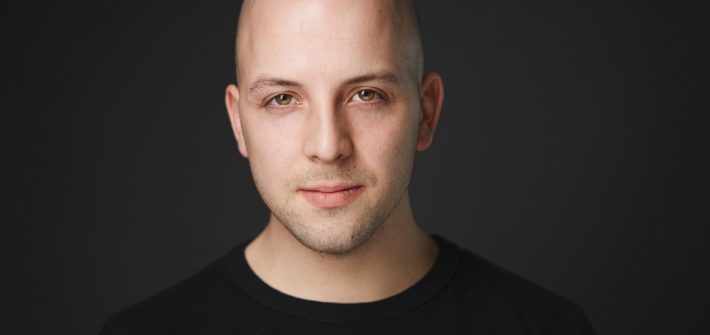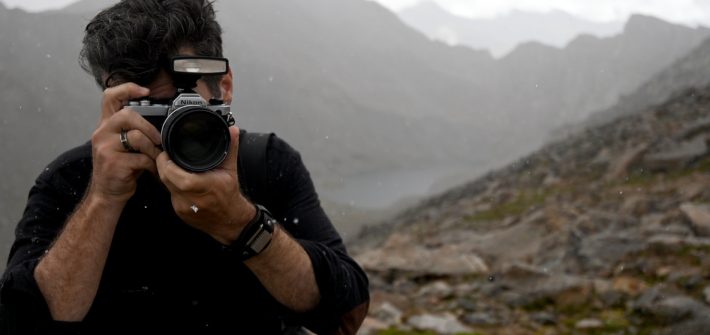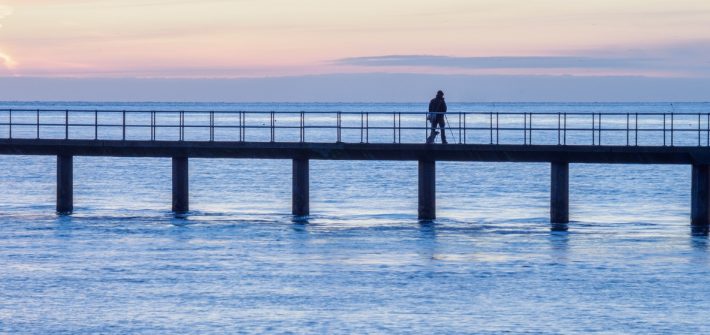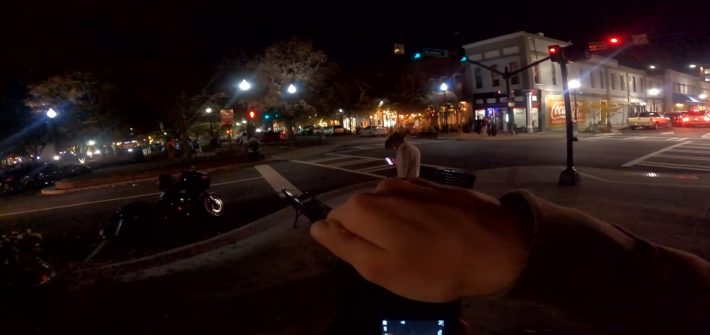How do you rate success in photography? Maybe, it’s earning a living from it. That isn’t a goal for everyone, but valuable lessons about successful photography can be learned from the business of professionals.
![]()

It always starts innocently enough: you buy a new camera and start taking photos. Then someone you know asks a favor and you’re all too happy to oblige them with all the photos you can snap. Fast forward just a small amount of time later and you realize, with great sorrow, this phase of freebies doesn’t have an end.

Let me rewind the clock by a decade: it’s the tail end of 2012, and the NYPD was in the process of clearing out Zuccotti Park in Lower Manhattan. Over the last year, Occupy Wall Street had been picking up steam, with an encampment filling the better part of the park and protests regularly spilling out into the streets.

A long time ago, I heard someone utter this bit of nonsense. Depending upon the genre of photography you shoot, there are good arguments for using manual controls and settings. However, there are times when your camera’s automated technologies prove the Luddites wrong, then automation is king.

Social media has led us to believe that most people take only incredible shots, look like catwalk models, and live like billionaires. We know that isn’t the case, but still, we can’t help but be affected by the data in front of us. Well, one successful photographer and creator takes you behind the scenes of all of their shots from a trip.